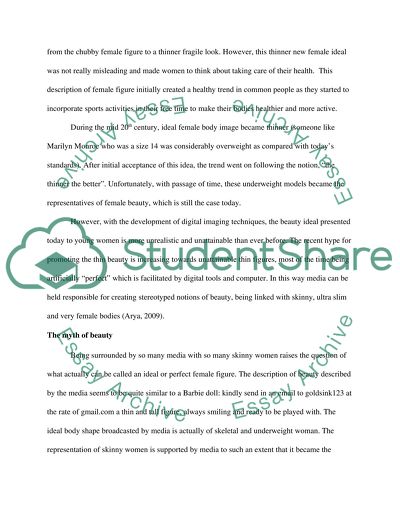Cite this document
(“The Body in Health, Lifestyle or Sporting Magazines Essay”, n.d.)
The Body in Health, Lifestyle or Sporting Magazines Essay. Retrieved from https://studentshare.org/gender-sexual-studies/1432480-the-body-in-health-lifestyle-or-sporting-magazines
The Body in Health, Lifestyle or Sporting Magazines Essay. Retrieved from https://studentshare.org/gender-sexual-studies/1432480-the-body-in-health-lifestyle-or-sporting-magazines
(The Body in Health, Lifestyle or Sporting Magazines Essay)
The Body in Health, Lifestyle or Sporting Magazines Essay. https://studentshare.org/gender-sexual-studies/1432480-the-body-in-health-lifestyle-or-sporting-magazines.
The Body in Health, Lifestyle or Sporting Magazines Essay. https://studentshare.org/gender-sexual-studies/1432480-the-body-in-health-lifestyle-or-sporting-magazines.
“The Body in Health, Lifestyle or Sporting Magazines Essay”, n.d. https://studentshare.org/gender-sexual-studies/1432480-the-body-in-health-lifestyle-or-sporting-magazines.


